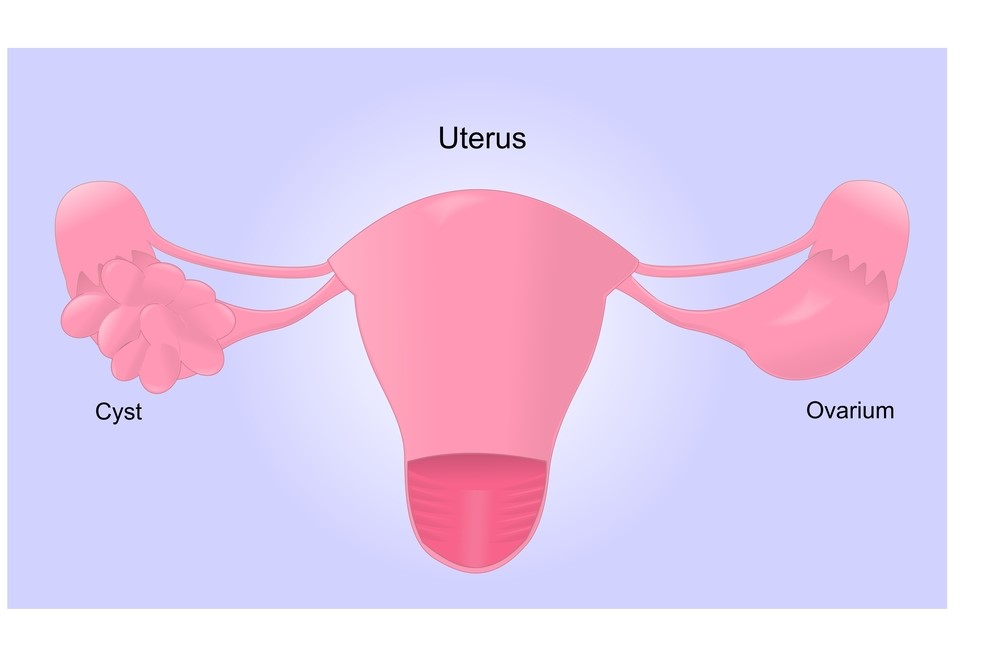
Symptoms and types of ovarian cysts
The human body is an intricate system, even lifting a pen has different mechanisms working simultaneously to perform the required action. When there’s something amiss in the functioning of one part of the body, the effect is felt throughout the body. However, there are certain other elements present in the body that are actually harmless but can be potentially harmful if left unchecked for a long period of time.
Ovarian cysts are elements present in the body that are benign, but in certain cases, these ovarian cysts can become cancerous as well. Ovarian cysts are quite common among women who menstruate. These cysts are fluid-filled or solid sacs that are present in or around the ovaries. Most ovarian cysts go away on their own without any form of treatment; some appear when women have their period and go away at the end of the cycle. An ovarian cyst can prove dangerous when it becomes permanent and stays in the body. Also, when a woman has ovarian cysts, certain symptoms start surfacing. Some of them are as follows:
Symptoms of ovarian cysts
Usually, ovarian cysts are quite harmless, but if you experience the following symptoms, ensure that you visit a physician right away.
- Severe and sudden pain in the stomach.
- Weakness, nausea and dizziness
- High fever and vomiting.
- Abnormal breathing patterns
- Tenderness in the breast.
- Pain during sexual intercourse.
There are different types of ovarian cysts and identifying the one that ails you is instrumental in dealing with the situation. Ovarian cysts can be either dermoid cysts or endometrioma cysts, but functional cysts are the most common types of ovarian cysts you come across. The different types of ovarian cysts are as follows:
-
Follicle Cysts
As per the cycle, the ovaries release a single egg each month, and it grows inside a small sac called a follicle. When the egg is ready, the follicle breaks open and the egg is released. In certain cases, the egg remains in the follicle; it is not released. This causes follicle cysts. Though it may sound quite grave, such ovarian cysts disappear on their own in 1 to 3 months.
-
Corpus Luteum Cysts
Once the process of releasing the egg is complete, the follicle usually shrinks and waits for creating the next egg. However, the follicle becomes a cyst if it closes and fluid collects in it. It might take a few days for this ovarian cyst to disappear, but as long as it is present, it would cause a great deal of discomfort in the form of severe pain or occasional bleeding.
-
Nonfunctional cysts
Contrary to the functional cysts that disappear on their own, nonfunctional cysts are of a serious nature. These can pose a serious health hazard, and at times, these ovarian cysts can be cancerous as well. Often the ovaries create a lot of small cysts, and these lead to a condition called Polycystic ovary syndrome (PCOS) which causes fertility issues. Ovarian cysts that appear after menopause are usually cancerous in nature.
So, if you ever experience any kind of discomfort or show signs of ovarian cysts, ensure that you seek medical help.
Interested in more articles about Wellness ? Explore them here. Keep yourself updated with fresh content by liking us on Facebook or subscribing to our Newsletter.
If a daily dose of fantastic images related to Women’s Lifestyle gets you going, follow us on Instagram .




